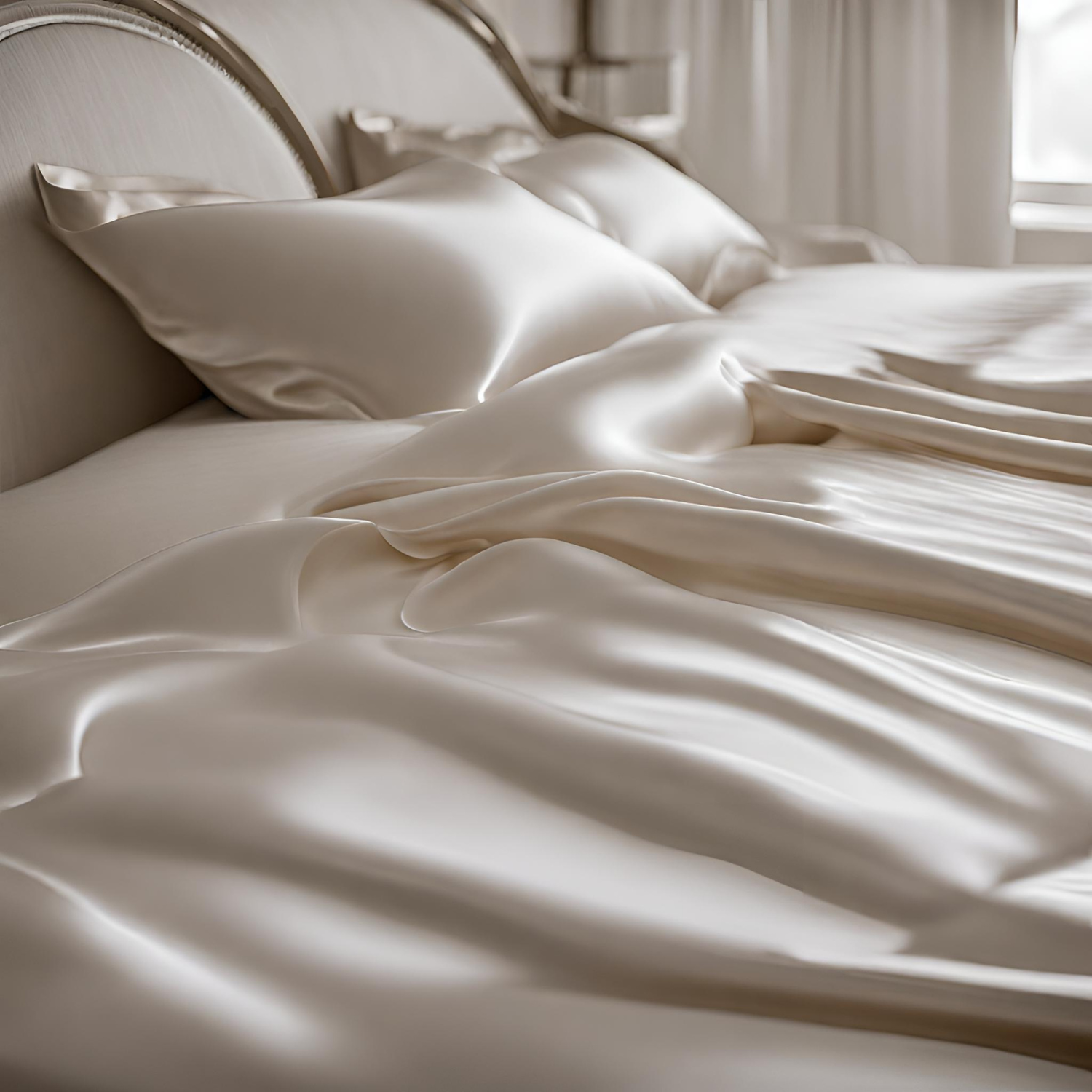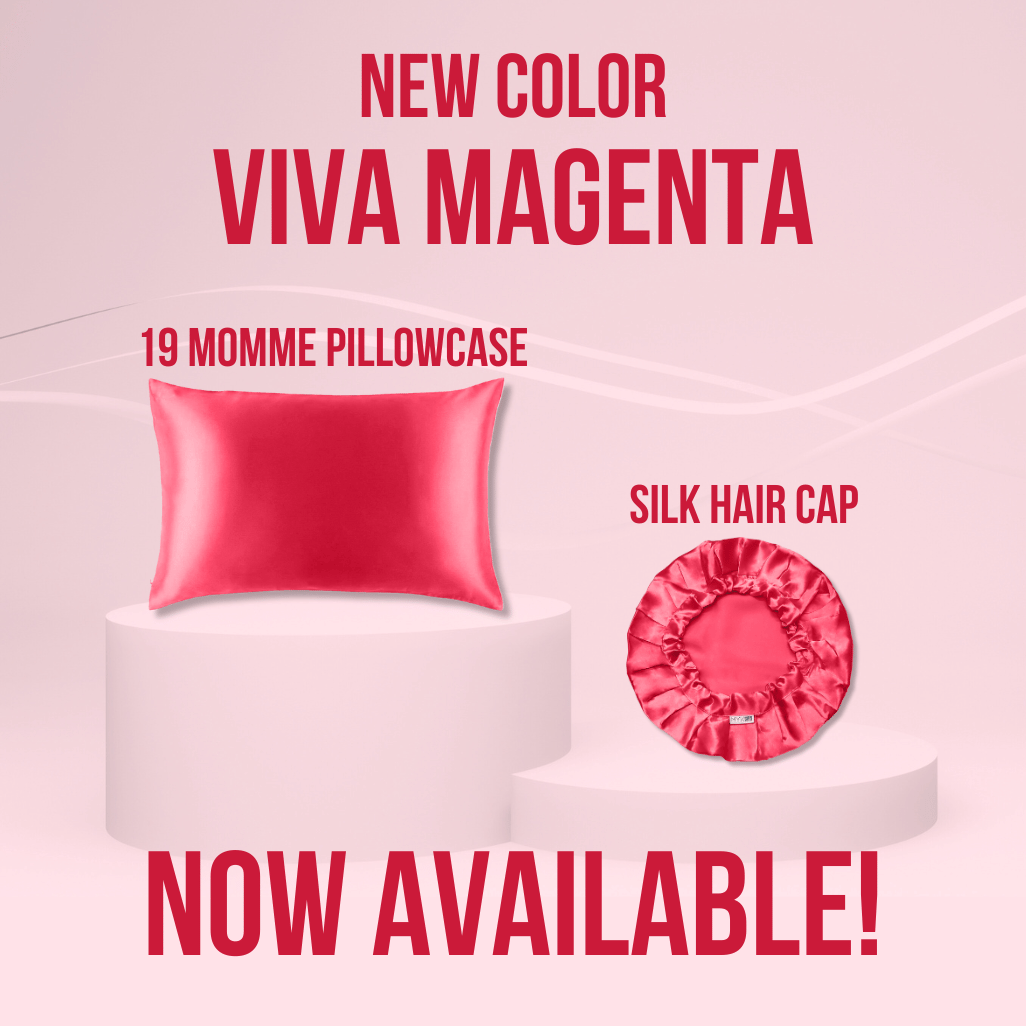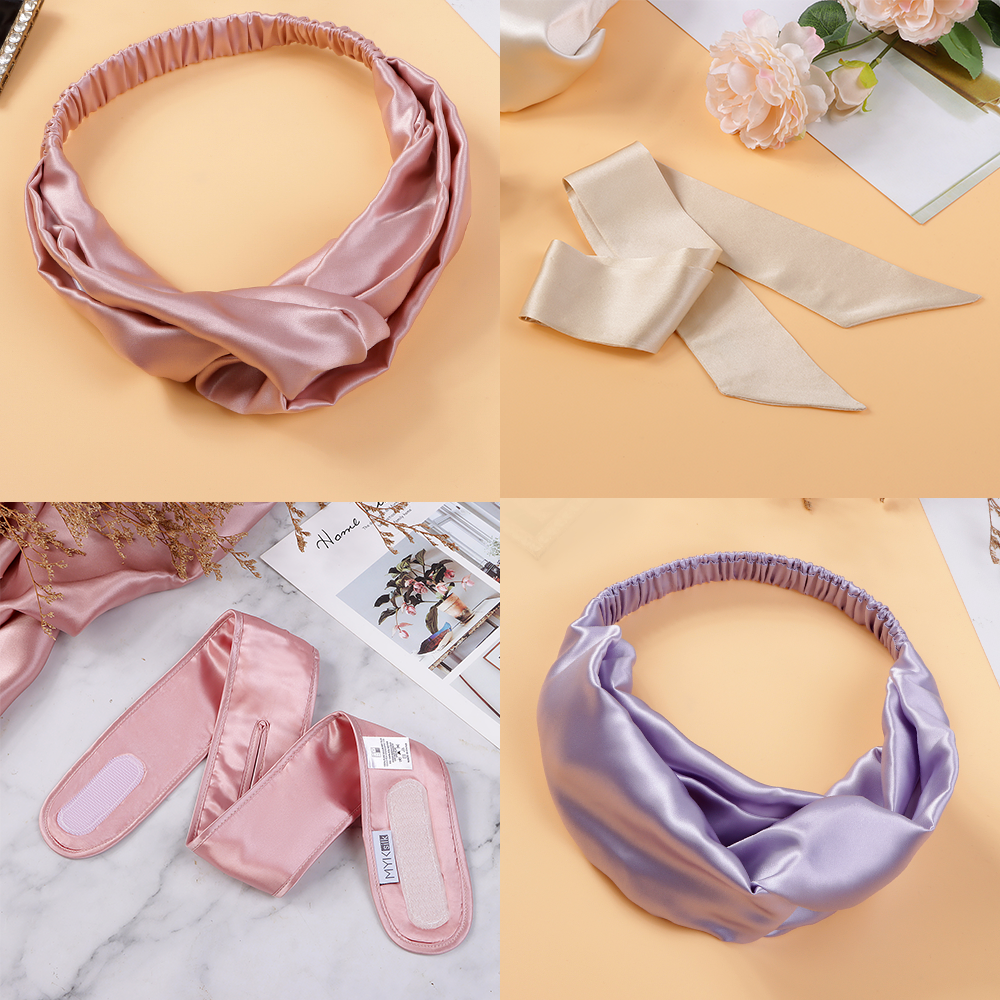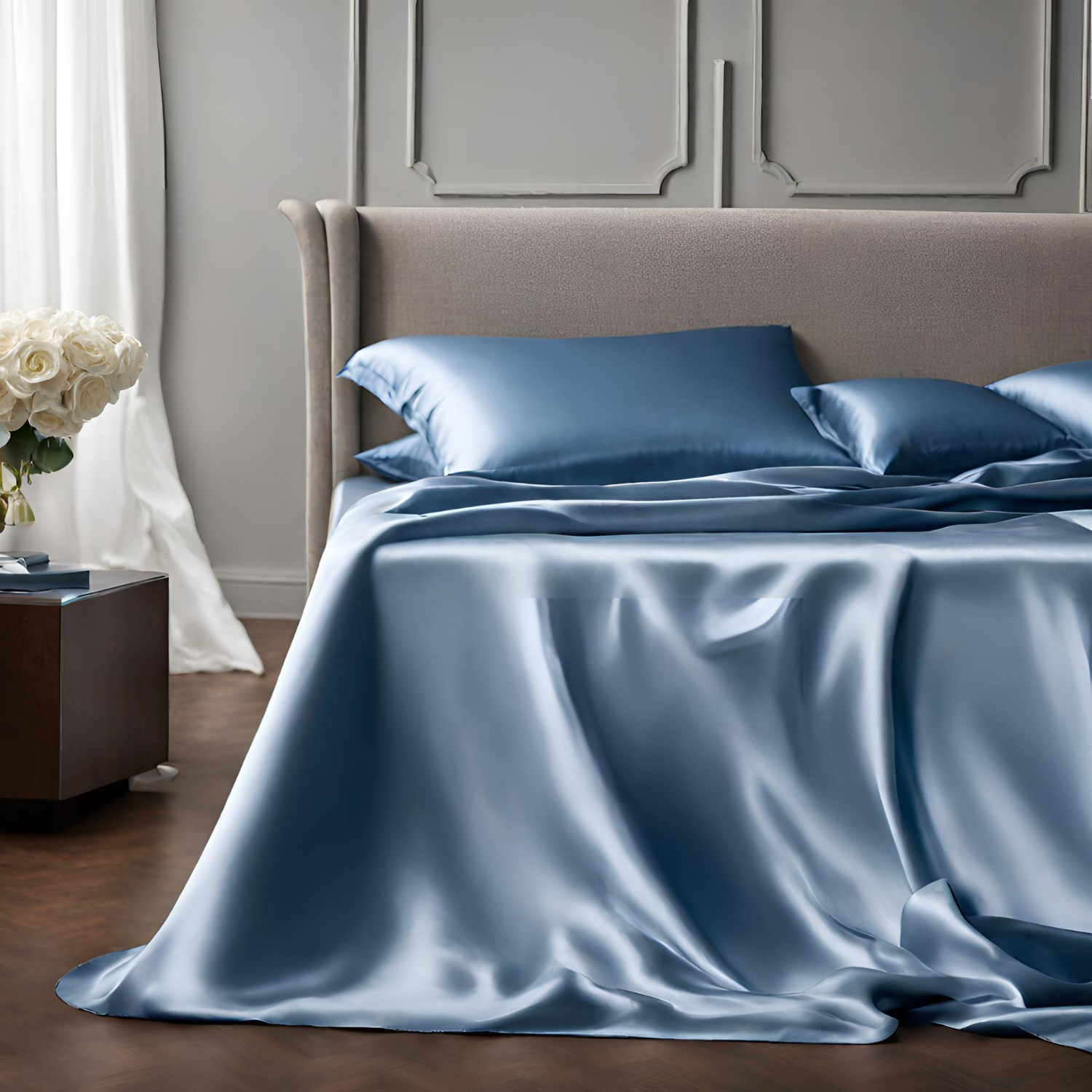
Why Silk Is the Sustainable Luxury Your Skin—and the Planet—Deserve
In a world shifting toward mindful living, more people are asking: What’s in my fabric—and what’s its impact? At MYK Silk, we believe that beauty and sustainability should go hand in hand. Unlike synthetic alternatives, silk is a natural, biodegradable fiber with a much lower environmental footprint—crafted by nature, not in a lab.
Here’s why silk isn’t just better for your skin and hair—it’s also better for the planet.
1. Silk Is a Natural Protein Fiber—Not Plastic
Silk is made from fibroin, a protein spun by silkworms during the cocoon stage. Unlike polyester or satin (which is often made from petroleum-derived materials like nylon), silk contains no synthetic chemicals or plastic polymers. It’s 100% natural and renewable.
This means when you choose silk, you’re choosing a fabric that’s:
-
Free of microplastics
-
Safe for sensitive skin
-
Non-toxic and biodegradable
🧪 A 2018 study published in Environmental Science & Technology found that synthetic textiles are a major contributor to ocean microplastic pollution. Silk, by contrast, breaks down naturally in soil and water.
2. Biodegradable and Compostable
Silk decomposes in as little as 1–5 years, compared to hundreds for synthetic fabrics like polyester. Under composting conditions, silk fibers return to the earth without leaching toxins or leaving behind non-degradable waste.
That means your pillowcase doesn’t have to end up in a landfill forever—it can complete a circular life cycle that’s far gentler on the environment.
3. Low-Water and Low-Energy Production
Silk production uses significantly less water and energy than cotton or synthetic fiber manufacturing. According to the Textile Exchange, conventional cotton accounts for 24% of global insecticide use and requires large amounts of water for cultivation and dyeing.
Silkworm farming (sericulture), on the other hand, requires:
-
Minimal irrigation
-
Fewer pesticides (especially in Mulberry silk cultivation)
-
Less chemical-heavy processing
At MYK Silk, we source only Grade 6A Mulberry silk, which comes from leaves grown without harsh agrochemicals and supports traditional farming communities.
4. Timeless and Durable: Less Waste, Fewer Replacements
Fast fashion’s biggest problem is planned obsolescence—clothes that wear out or go out of style quickly. But silk stands the test of time. With proper care, a high-quality silk pillowcase can last for years, not months.
This longevity means:
-
Fewer textile purchases over time
-
Less waste generation
-
A lower total carbon footprint per use
In other words: buy less, buy better.
5. Better for Your Body, Too
Many synthetic textiles are treated with chemical finishes, dyes, and flame retardants that can irritate skin or release volatile organic compounds (VOCs). Silk is naturally hypoallergenic and breathable, making it a healthier choice for people with sensitive skin, allergies, or respiratory issues.
And when a product is good for your body and good for the earth, that’s the kind of luxury that matters.
Final Thoughts: Sustainable Comfort, Naturally
Silk is proof that you don’t need to sacrifice beauty for responsibility. It’s a natural, eco-friendly fabric that respects both your well-being and the environment—an investment in personal care that aligns with conscious living.
At MYK Silk, we’re proud to create pillowcases and accessories that are biodegradable, non-toxic, and made to last, all without compromising on luxury.
Sleep better knowing you’ve made a better choice—for your skin and the planet. Explore our collection of sustainable silk essentials.





Leave a comment
This site is protected by hCaptcha and the hCaptcha Privacy Policy and Terms of Service apply.